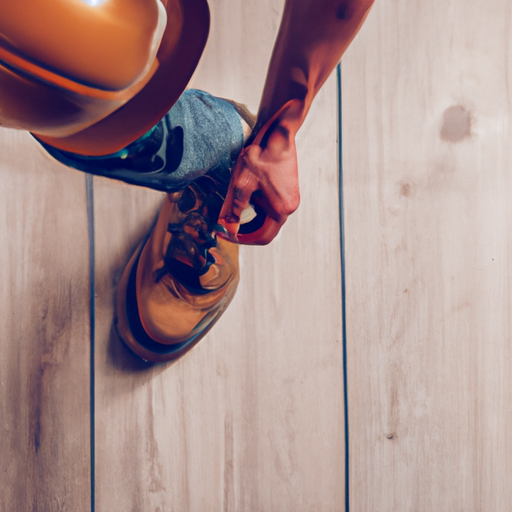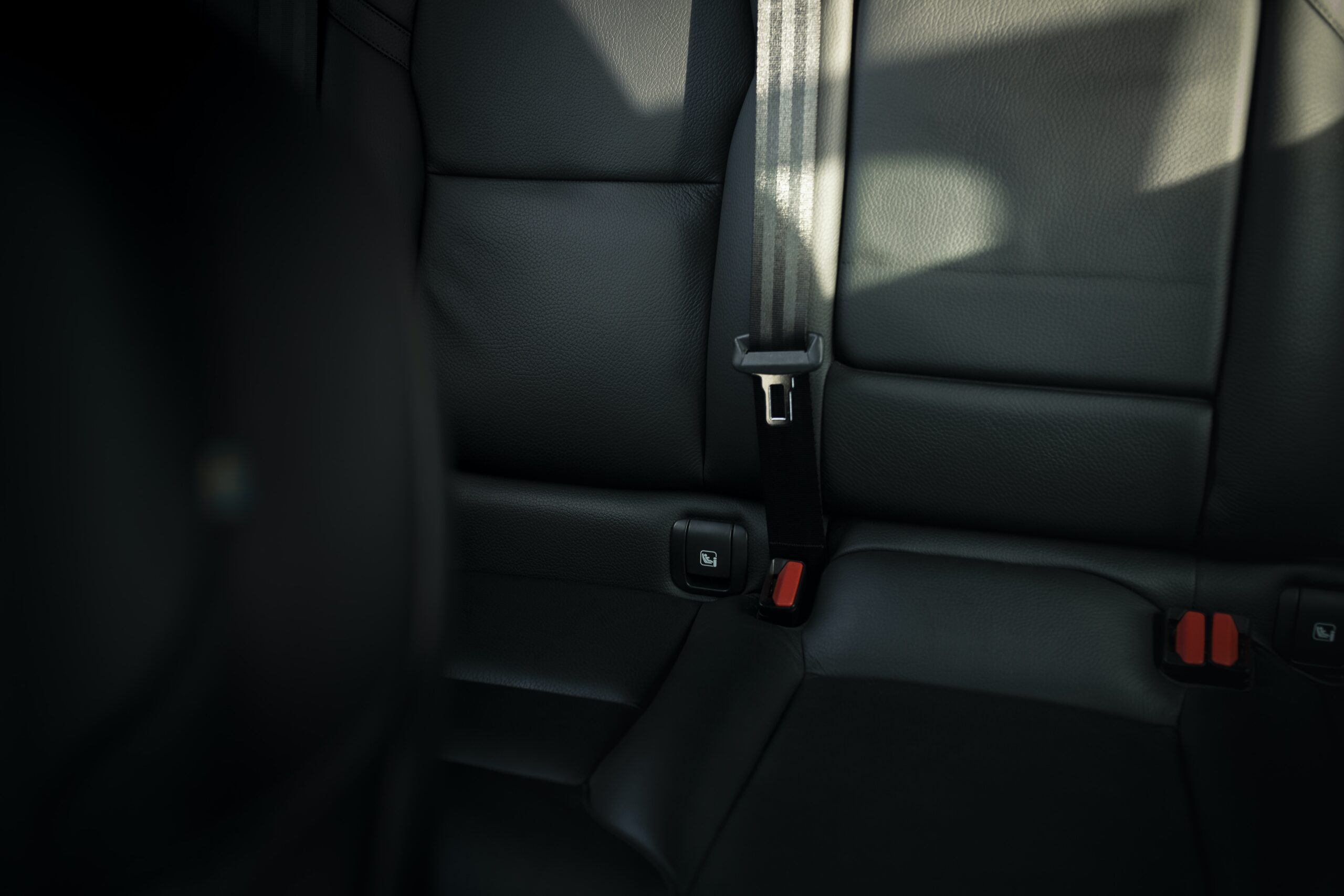If you’re a DIY enthusiast, you know that safety should always come first. That’s why we’ve created a comprehensive collection of safety essentials and protective gear specifically tailored for individuals like you. From sturdy helmets and goggles that provide optimal eye protection to durable gloves and masks, our product line is designed to keep you safe and protected while you work on your projects. Whether you’re a seasoned DIY pro or just starting out, our safety essentials and protective gear will give you the peace of mind you need to enjoy your projects with confidence.
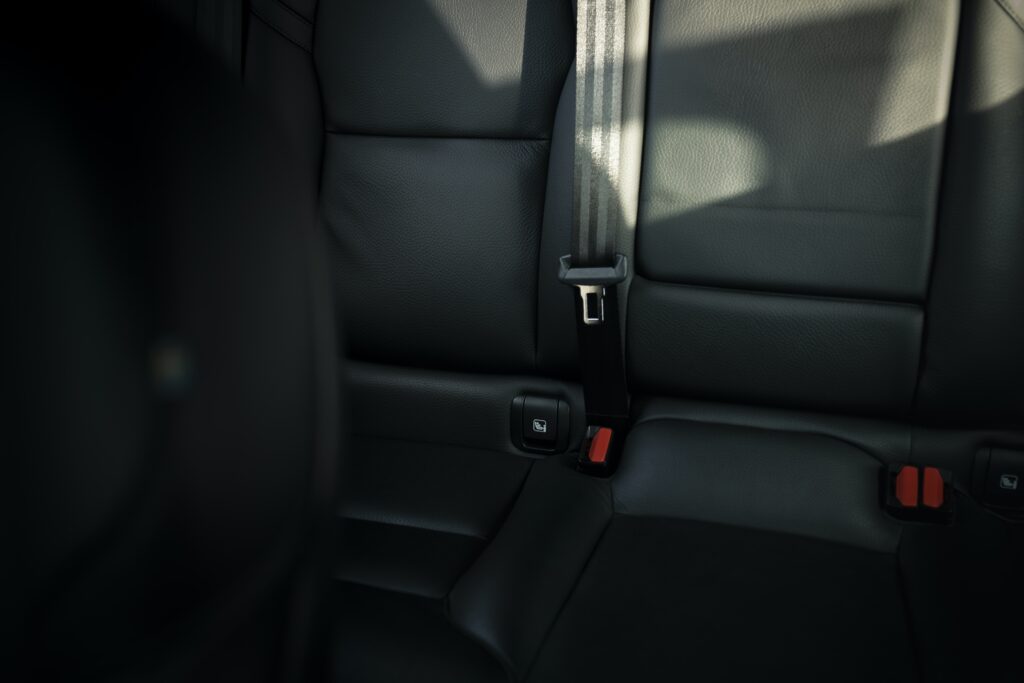
1. Eye Protection
When it comes to DIY projects, eye protection is absolutely essential. Without proper eye protection, you are putting yourself at risk of eye injuries that can be serious and potentially irreversible. There are several options available to protect your eyes while working on DIY projects.
1.1 Safety Glasses
Safety glasses are a crucial piece of protective gear when it comes to eye safety. They are designed to offer impact resistance and protect your eyes from flying debris, particles, and any potential hazards. Safety glasses come in various styles, including wraparound designs that provide full coverage and side shields for added protection. They are lightweight and comfortable to wear, ensuring that your vision is not compromised while working on your projects.
1.2 Goggles
Goggles provide even more coverage and protection than safety glasses. They are designed to enclose the entire eye area, including the sides, and provide a seal to prevent any foreign objects from entering. Goggles are ideal for working with chemicals or substances that may pose a risk to your eyes. They are also a great choice if you wear prescription glasses, as they can fit over them comfortably.
1.3 Face Shield
For tasks that involve potential splatters, projectiles, or chemicals, a face shield is an excellent choice for eye and face protection. Face shields offer full-face coverage and are typically made of clear plastic. They provide an extra layer of safety for your eyes, nose, and mouth, while still allowing you to see clearly and work effectively on your DIY projects.
2. Hearing Protection
While often overlooked, protecting your hearing is just as important as protecting your eyes. Constant exposure to loud noises during DIY projects can lead to long-term hearing damage. To prevent this, investing in proper hearing protection is crucial.
2.1 Ear Plugs
Ear plugs are small, lightweight, and easily fit into your ears, providing effective noise reduction. They are perfect for blocking out excessive noise levels, such as power tools or loud machinery. Ear plugs come in various designs, including disposable foam plugs and reusable silicone plugs. It is important to properly insert and ensure a snug fit to maximize their effectiveness.
2.2 Ear Muffs
If you prefer over-the-ear protection, ear muffs are an excellent option. They cover the entire ear and provide a seal to block out noise. Ear muffs are adjustable and come in different sizes to ensure the perfect fit. They offer a higher noise reduction rating compared to ear plugs and are often more comfortable for extended periods of use. Ear muffs are a great choice for those who find ear plugs uncomfortable or need additional protection in particularly loud environments.
3. Hand Protection
Your hands are involved in almost every DIY project, making hand protection essential to prevent injuries and maintain dexterity.
3.1 Work Gloves
Work gloves are designed to protect your hands from cuts, abrasions, and impacts. They come in various materials, including leather, synthetic leather, and fabric. Leather gloves offer excellent durability and are well-suited for heavy-duty tasks. Synthetic leather gloves provide a good combination of dexterity and protection. Fabric gloves are lightweight and breathable, making them ideal for tasks that require more tactile sensitivity. Whichever material you choose, make sure the gloves fit properly and allow for comfortable movement.
3.2 Disposable Gloves
Disposable gloves are a must-have for DIY enthusiasts working with chemicals, paints, or other potentially harmful substances. They provide a barrier between your skin and harmful substances, preventing skin irritation, contact dermatitis, and other allergic reactions. Disposable gloves are typically made of latex, vinyl, or nitrile. Latex gloves offer great sensitivity and flexibility, while vinyl gloves are an affordable option. Nitrile gloves are a popular choice due to their resistance to chemicals and punctures. Make sure to choose the appropriate glove material for the task at hand and dispose of them properly after each use.
4. Foot Protection
Protecting your feet is crucial in DIY projects, especially when working with heavy objects or in potentially hazardous environments. Proper foot protection ensures that you can work safely and comfortably.
4.1 Steel Toe Boots
Steel toe boots are a staple in foot protection for DIY enthusiasts. As the name suggests, these boots have a reinforced steel toe cap that provides excellent impact resistance. They protect your feet from falling objects, heavy tools, or accidental kicks. Steel toe boots often include other safety features like slip resistance, electrical hazard protection, and ankle support. Look for boots that are comfortable, well-fitting, and meet safety standards for your particular tasks.
4.2 Safety Shoes
If steel toe boots are not suitable for your DIY projects, safety shoes are a great alternative. Safety shoes offer toe protection through composite materials, such as fiberglass or carbon fiber, instead of steel. They provide similar safety features as steel toe boots while offering lighter weight and increased flexibility. Safety shoes are an excellent choice for those who need foot protection but prefer a more lightweight and comfortable option.
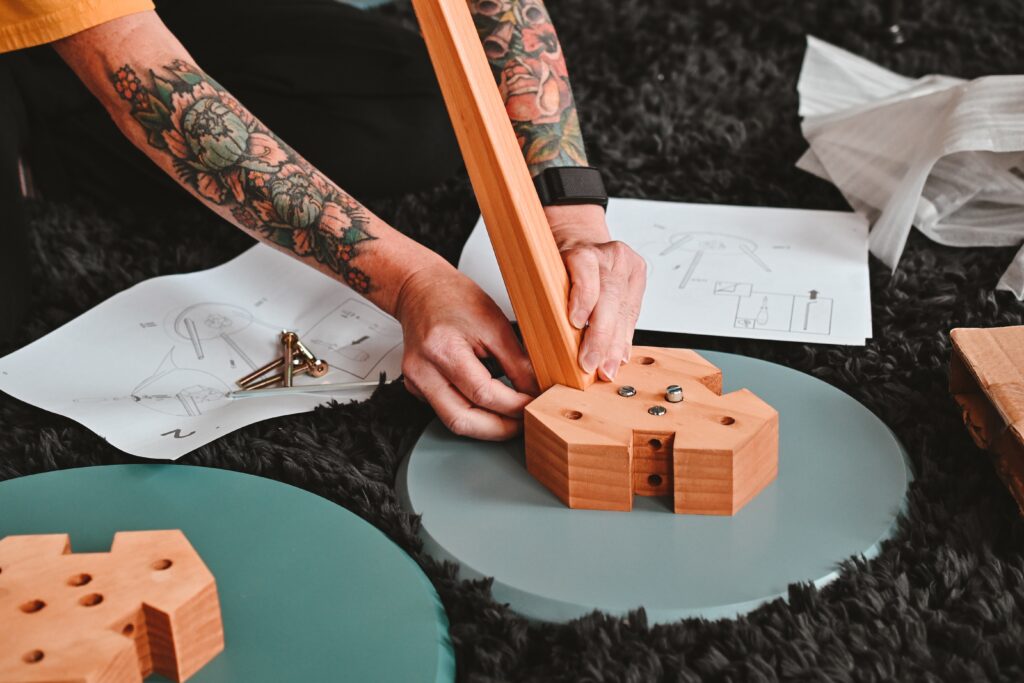
5. Head Protection
Protecting your head is of utmost importance while working on DIY projects, especially when there is a risk of overhead falling objects or head injuries.
5.1 Hard Hat
A hard hat is the most recognizable head protection gear. It consists of a hard outer shell made of high-density polyethylene and an adjustable suspension system inside for a comfortable fit. Hard hats protect your head from impact, punctures, and electrical hazards. They are a must when working on construction sites or any project that involves potential overhead hazards. Ensure that the hard hat is properly adjusted and covers your entire head for maximum protection.
6. Respiratory Protection
In some DIY projects, you may encounter airborne particles, dust, fumes, or toxic substances. Proper respiratory protection is essential to prevent respiratory issues and long-term health problems.
6.1 Dust Masks
Dust masks, also known as particulate respirators, are designed to filter out particles from the air you breathe. They provide protection against non-toxic dust, pollen, mold spores, and other common airborne irritants. Dust masks are lightweight and comfortable, making them suitable for tasks such as sanding, painting, or woodworking. However, they do not offer protection against gases or vapors and should not be used in environments with harmful chemicals or fumes.
6.2 Respirators
Respirators provide a higher level of protection compared to dust masks. They are designed to filter out both particles and harmful gases or vapors. Respirators come in two main types: air-purifying respirators (APRs) and supplied-air respirators (SARs). APRs use filters to purify the air you breathe, while SARs provide a continuous supply of clean air from a separate source. Respirators require a proper fit and seal to ensure maximum effectiveness. It is important to choose the correct type of respirator and filters based on the specific hazards you may encounter during your DIY projects.
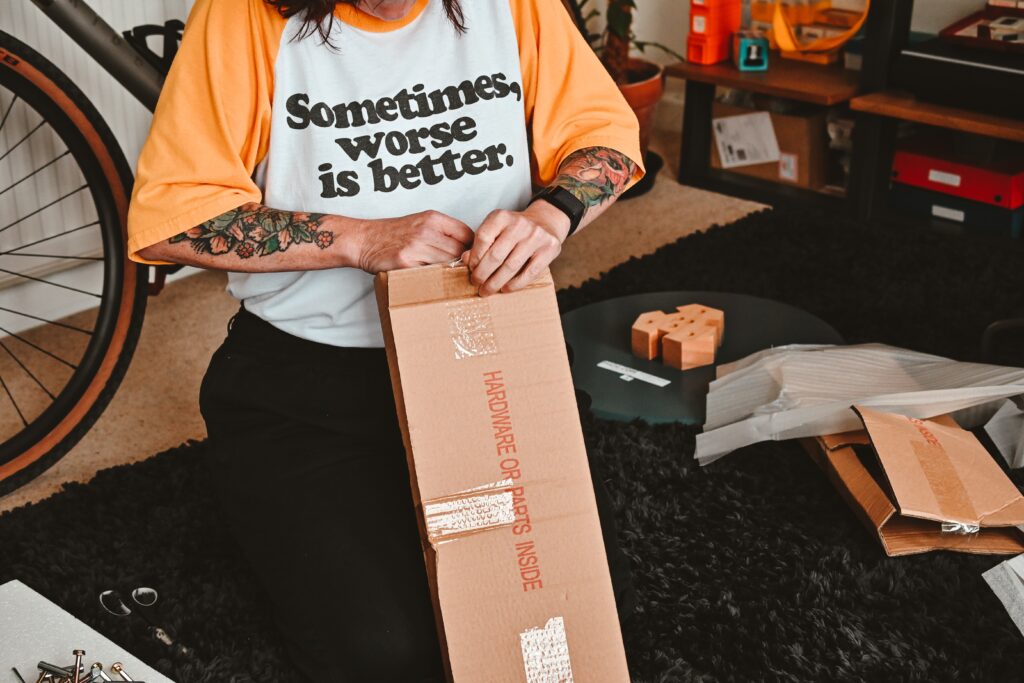
7. Protective Clothing
Protective clothing plays a vital role in preventing injuries and minimizing exposure to hazardous substances or materials during DIY projects.
7.1 Coveralls
Coveralls are full-body protective garments that shield you from head to toe. They provide protection against dirt, dust, chemicals, and other contaminants. Coveralls are typically made of non-woven materials, such as polypropylene, which are lightweight, breathable, and disposable. They are an excellent choice for tasks involving painting, handling chemicals, asbestos removal, or any job that requires full-body protection. Make sure the coveralls fit well and allow for freedom of movement while still providing adequate coverage.
7.2 Aprons
Aprons are a more localized form of protective clothing, covering the torso and upper legs. They are often made of heavy-duty materials like leather, canvas, or PVC. Aprons protect against splashes, spills, and minor abrasions while providing ease of movement. They are commonly used in woodworking, cooking, and other DIY activities where protection is needed in a specific area. Aprons should be chosen based on the specific hazards and requirements of your projects.
8. Fall Protection
If your DIY projects involve working at heights or on elevated surfaces, fall protection is essential to prevent serious injuries or even fatalities.
8.1 Safety Harness
A safety harness is a critical piece of fall protection gear. It consists of straps, buckles, and D-rings that secure your body and prevent you from falling. Safety harnesses distribute the impact forces across your body in the event of a fall, reducing the risk of injury. They are typically worn in conjunction with a lanyard or lifeline.
8.2 Lanyard
A lanyard is a connecting device that attaches the safety harness to an anchor point. It serves as a lifeline and prevents you from falling too far in the event of a fall. Lanyards are available in various lengths and materials, such as webbing or cable. They should be properly attached to a secure anchor point and have a shock-absorbing feature to reduce the impact on your body during a fall. Always ensure that your safety harness and lanyard are compatible and meet safety standards.
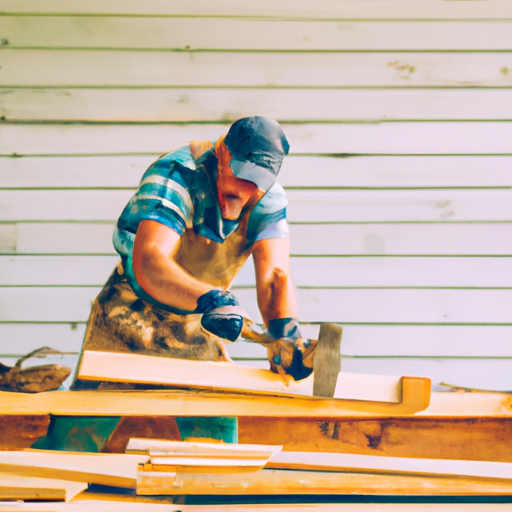
9. First Aid Kit
No matter how careful you are, accidents can happen during DIY projects. Having a well-stocked first aid kit on hand is essential to address minor injuries and provide immediate medical assistance if needed.
9.1 Essential Supplies
A comprehensive first aid kit should include essentials such as adhesive bandages, sterile gauze pads, adhesive tape, antiseptic wipes, tweezers, scissors, and disposable gloves. It should also include basic medications like pain relievers, antihistamines, and antiseptic ointments. The first aid kit should be easily accessible and stored in a dry, clean location away from children.
9.2 First Aid Training
Alongside a well-equipped first aid kit, having first aid training is highly recommended. Knowing how to administer basic first aid procedures can make a significant difference in providing immediate care and potentially preventing further injuries. Consider taking a first aid course to learn essential skills like CPR, wound care, and fracture management. Remember to periodically restock your first aid kit and update your knowledge of first aid procedures.
10. Safety Signs and Labels
Safety signs and labels are vital for maintaining a safe working environment and ensuring everyone understands potential hazards and precautions.
10.1 Hazard Warning Signs
Hazard warning signs are designed to alert individuals of specific dangers or risks present in the area. They can indicate anything from high voltage areas to slippery surfaces or radiation hazards. These signs often use universally recognized symbols and colors for quick recognition and comprehension. Make sure to recognize and follow the hazard warning signs in your workspace to prevent accidents and injuries.
10.2 Safety Labels
Safety labels provide important information and instructions regarding the proper use and handling of tools, equipment, and materials. They may provide guidance on proper ventilation, personal protective equipment (PPE) requirements, or potential health hazards. Always read and adhere to safety labels to ensure that you are using the correct equipment and following the necessary precautions for a safe DIY project.
Remember, taking the necessary precautions and using the appropriate safety gear is crucial to ensure a safe and enjoyable DIY experience. By investing in and using the right protective gear, you can significantly reduce the risk of accidents, injuries, and long-term health issues. Prioritize your safety and make it a top priority for all your DIY endeavors. Happy and safe DIY-ing!
